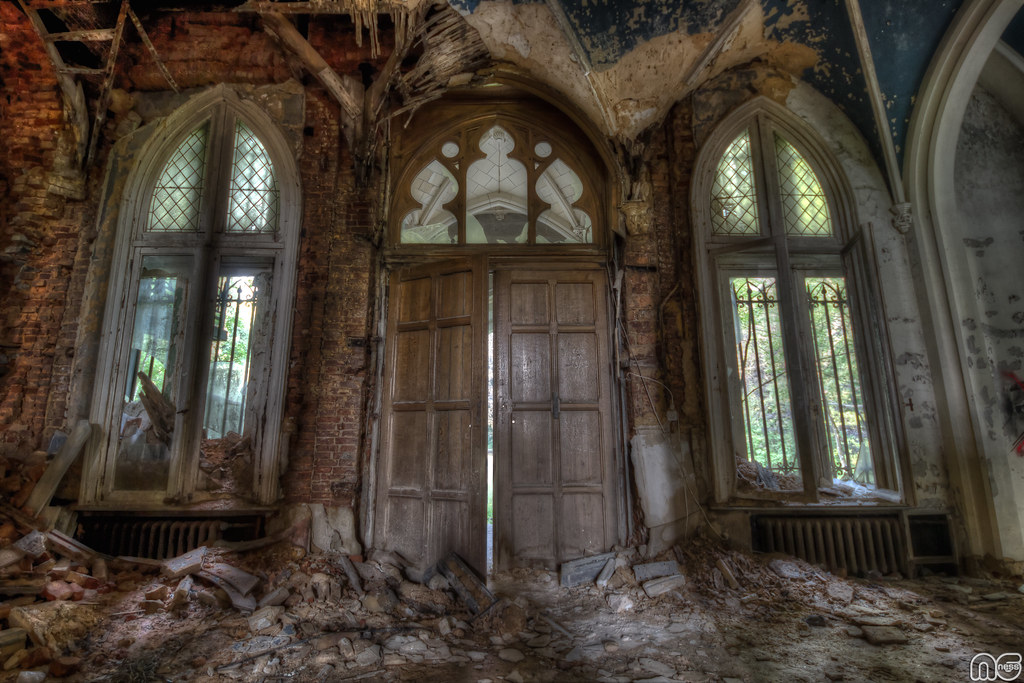The Ouija Board first appeared in 1891 in a Pittsburgh, Pennsylvania novelty shop. The game was advertised as a magic board that answered questions about the past, present, and future with amazing and spooky accuracy. The board was constructed with letters, numbers, and the words yes, no, and goodbye, and came with a planchette for players to place their hands on. The object of the game was for players to ask the magic board questions and wait for the planchette to spell out the answer. Original price of a Ouija Board was $1.50. (Smithsonian.com) The work “Ouija” originates from ancient Egypt and translates to “good luck.”
Since the Civil War, when so many Americans lost loved ones, spiritualism has gained popularity as desperate people longed for a way to contact their deceased loved ones. At the time of its invention, séances and “table turning parties” were common place and attempting to contact the dead was a form of entertainment among some social circles. According to Ouija Board historian, Robert Murch, “Communicating with the dead was common, it wasn’t seen as bizarre or weird.”
Now, in modern day, some people believe the Ouija Board is a doorway to other dimensions, realms, or even evil spirits and would never touch the game, even for entertainment purposes. Christians have a firm belief that the Ouija Board is akin to a séance, witchcraft, or a tool of the devil. Others feel it is harmless entertainment and one or more players is intentionally moving the planchette to watch reactions of the most gullible players.
William Fuld (July 24, 1870–February 24, 1927) was an American businessman, inventor, and entrepreneur from Baltimore, Maryland who is best known for his marketing and manufacture of Ouija boards from the 1890s through the 1920s. Fuld is seen as the father of the Ouija board. Though Fuld never claimed to have invented the Ouija board, intense media coverage in the 1920s credited him with it. The misinformation was sustained by his own marketing, and his practice of stamping "Original Ouija Board" and "Inventor" on the back of his boards. By the end of his life he would have over 33 patents, trademarks, and copyrights credited to him.
Today it's a paranormal communication device currently marketed and sold by the game company Hasbro, as a board game. Historically, it is method used to talk with the dead, having its roots in automatic writing. This form of automatic writing would start over 900 years ago in China.
The modern Ouija uses a board with letters to spell out words, Yes/No for direct questions and even numbers. It uses a Planchette device (the pointer shaped like an upside-down heart) to communicate. The modern board also has a dark reputation of causing negativity for those who use it. It has been linked with possession, violence and even death, however how much of that is true, and how much is public paranoia.
Much of the fear of the board seems to resonate from the movie The Exorcist: the story of a young girl being possessed by a demon. The movie hints that the possession was caused by a girl taking the drug Ritalin and using the Ouija Board alone. The movie itself was fiction, however is based on a true story, and even though it's unknown if the real "Regan" the movie is based on even used a Ouija, the belief still remains.
I'm not trying to say the Ouija is without danger, because that would be an untrue statement. It can cause you problems of a spiritual nature. In my years of experience and study with the board (starting over a decade ago in 1997), the worst, and proven cases fall into the category of invitation and "possession".
Invitation is the inviting of negative forces into your space. This will cause places you were once comfortable in, to become uncomfortable and cause you nervous stress. Nobody knows for sure what this energy is, whether you call it a ghost or demon, just that it can be strong and invasive and can ruin your day.
It could be a buildup of negative energy from the outside, or the other side... or even a build up of living energy from the participants of the Ouija session. Either way it is a real danger with the use of the Ouija Board.

























